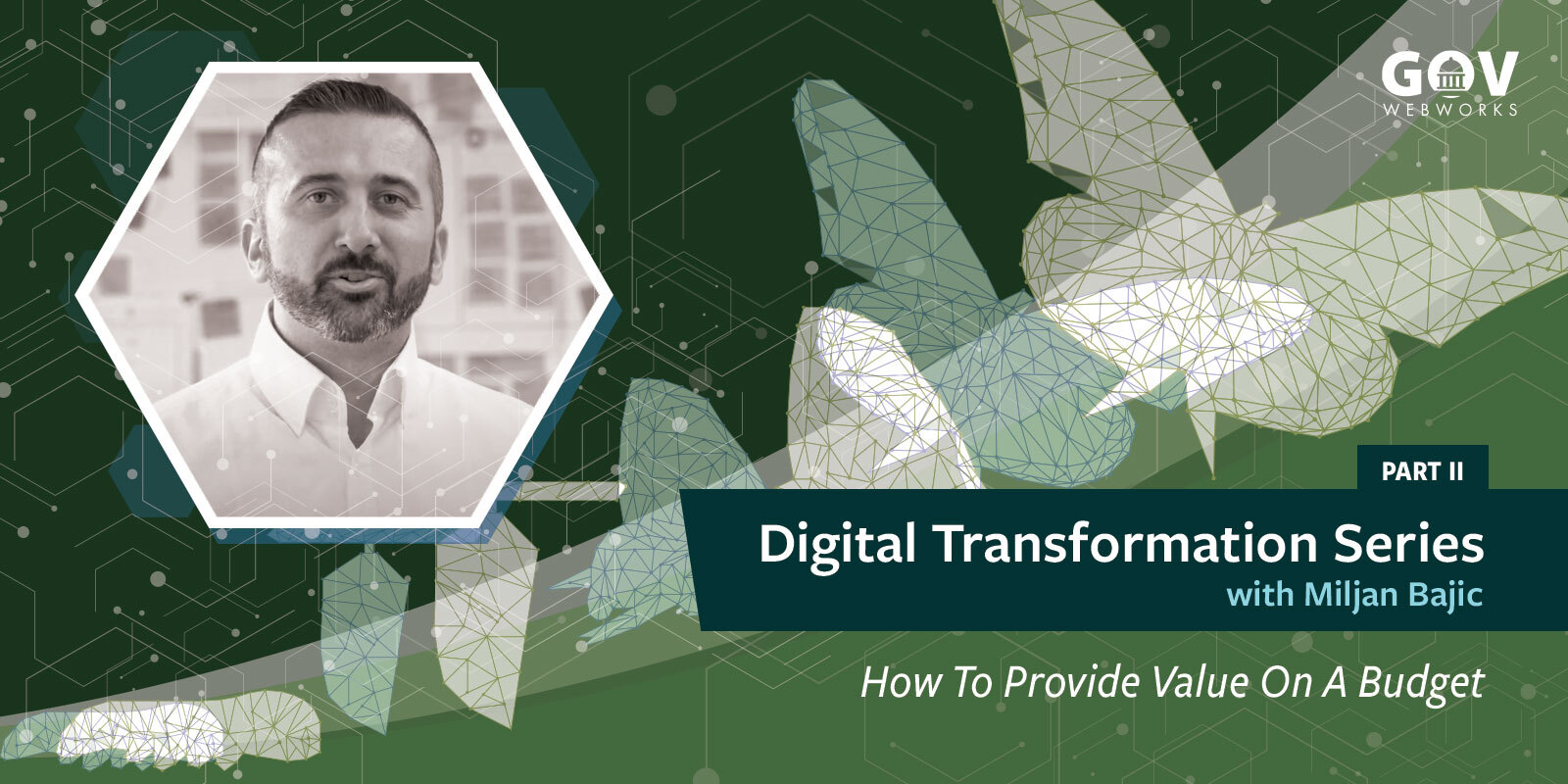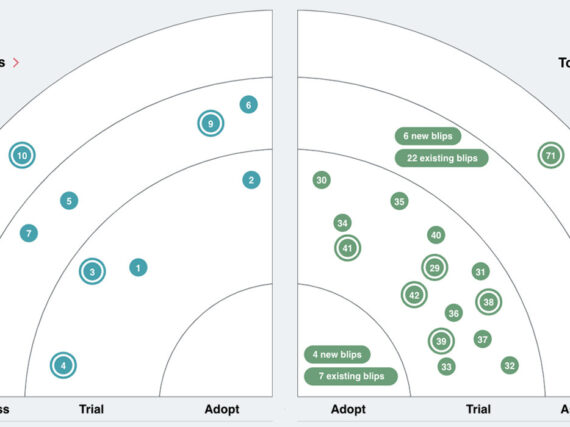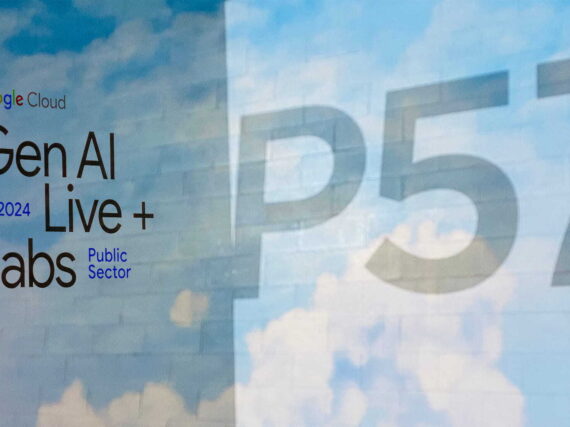In the current economic climate, the idea of significant systemic and organizational change can seem out of reach. The temptation is to “dig in” and “make do” with the current tools and wait for happier times before tackling major change. However, in many ways the need for change has never been greater.
Our previous article outlined the basic concepts of digital transformation and how agencies can drive their organizations forward by creating a strategy for their transformation efforts. Change expert, Miljan Bajic, recommends a number of foundational steps that an organization should consider before it begins its journey, not least of which is goal setting. In offering this advice he cautions that, “without clearly identifying your customers and their objectives, an agency is going to struggle to identify appropriate outcomes and goals.”
In this post, we’re looking at how change can be realized even on a small budget, and potentially represent an opportunity to increase revenue to fund future development.
Dream big
Following on from the goal setting exercises Miljan discusses above, the next step is for organizations to go through the process of identifying the ways in which they can better serve their clients, and generate a “wish list” of potential improvements. Since this is largely a thought exercise, it’s important not to let cost or budget be a constraint. Imagining all the possible ways to deliver better service helps to define a long term transformation roadmap. The challenge, of course, comes in determining what is actionable. Here’s where agencies can get creative, and start with some small wins to kick start their transformation process.
Recently, our company began working with a state agency looking to modernize the way in which they operate. Frustrated by many manual processes, they had gone through the steps of defining their digital “wish list” and compiled a comprehensive set of requirements for future systems. This particular agency had split responsibilities of incident case management and licensing and regulatory permitting, and their roadmap featured major improvements across all fronts.
Champagne tastes, a beer budget?
Once the agency had completed the planning process, they worked with internal IT to estimate implementation costs in order to allocate appropriate funds before issuing a public RFP. However, once proposals were received, they learned that the initial estimates had been off the mark, and bids were between two and three times larger than originally projected.
Here’s where some agencies might have scrapped their transformation plan entirely, but in this case the agency decided to evaluate prospective vendors, particularly with regard to their willingness and ability to break up development into multiple phases. They were as candid as they could be about their situation (within the procurement process), and wanted to explore if meaningful value could still be delivered with the available budget.
Once we were selected as the chosen vendor, the contracting process involved an open discussion about the project objectives, priorities, timeline, and funding. Working together with the agency, we were able to identify a potential scope that would deliver the most significant business value while also aligning with their delivery objectives and available funding. At the same time, this process also required us to define and estimate in some detail those features that would not make it into the initial Scope of Work, and create a workable roadmap for future development.
Our project manager, Alison Schestopol, guided the agency through the process of redefining the initial scope. “We went through multiple revisions to the Statement of Work,” she explains. “Each time estimated sections of work and then reviewed with the client to ensure that they could be delivered as potentially stand-alone feature sets. We had to avoid dependencies on functionality that wasn’t going to be included in the initial build.”
This process lasted several months, while the client juggled critical day-to-day issues along with planning for their future. “Working with the client in this way gave us a lot of insight into how they operate, and what was really critical for them.” Alison adds, “It was like a pre-discovery period that allowed us to hit the ground running once the contract was finalized.”
Set up for future success
Currently we are in the process of developing a full-featured licensing system that will roll out later this year. We are also designing the foundational elements of a case management system that will go a long way towards unifying incident case data across a dispersed state and local municipality workforce. For now, much of the regulatory oversight capabilities of the platform have been deferred, but many features have been defined and now exist in a high-level product backlog.
Since a large part of the agency’s funding comes from licensing revenue, it is expected that replacing the old in-person licensing process with a new digital self-service model will see an overall uptick in licensing compliance and therefore revenue. This revenue can then be further reinvested into system development.
So, by being willing to break up their transformation process into manageable chunks, and realizing that even a modest initial scope is an improvement over the existing workflow, the agency was able to begin their modernization journey on a budget.
Closing thoughts
Scaling scope to budget is nothing new in itself, but Miljan points out a critical difference, “by ensuring that scope is focused on having the biggest impact on customers, and reframing the outcomes as ‘small wins’ instead of significant compromises, the process has a much more positive impact.” As mentioned in our previous article, small wins build confidence and competency that can be applied to future initiatives. If your wins can also be tied to increased revenue (or reduced costs) all the better, since it makes it easier to cost-justify future development.
In our next article, we will explore how digital transformation can yield greater transparency, both internally and externally. To learn more about how our services can help support your own digital transformation journey, please get in touch.
Learn more
- Forbes: How Digital Transformation is Revolutionizing Government
- Smart Insights: 8 Tips to get the most from your Digital Transformation Budget
- MicKinsey: Public Sector Digitization – the trillion dollar challenge







